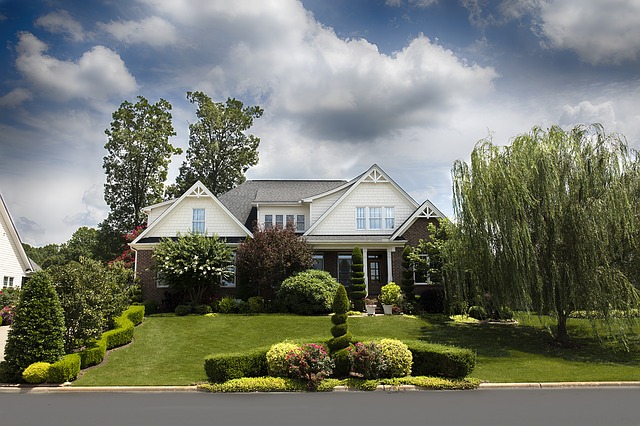Updated on June 25, 2020
What is the measure of damages for cases involving damages to trees?
In residential neighborhoods, trees can be the source of headache and disagreement among neighbors. For example, imagine that you have a large tree that drops branches and leaves on your neighbor’s property. As another example, imagine a tree that interferes with your neighbor’s plan to convert their garage into an accessory dwelling unit. Or, perhaps you and your neighbor agreed to trim a tree located near the boundary line and your neighbor fails to hire the proper professional for the work. In those situations, what can you recover if your neighbor decides to cut down or damage your tree?
In cases involving damages to trees, the usual measure of damages is the difference between the value of the real property before and after the injury, i.e. diminution in value. This rule is not absolute. Damages to trees may also be measured by the cost of restoring the property to its pre-injury condition. However, courts normally will not award the cost to restore if they exceed the diminution in value of the property, unless: (1) there is personal reason for the owner to restore the property to the original condition; and (2) there is a reason to believe the owner will actually make the repairs. Moreover, if the trees are producing crop such as fruit or nuts, the value of the crop may be a separate, additional component of damages.
If restoration of the land is impossible or impracticable, the owner of the land may recover the value of the trees without regard to the diminution in the value of land. However, these costs must be reasonable. These costs may include the cost of caring for and nurturing the replacement plantings as well as the cost of the replacement trees and planting.
In addition to the foregoing, the owner of the injured tree may be entitled to recover double or treble damages per statute. (Civ. Code § 3346; Code Civ. Proc. § 733.) Treble damages may be rewarded when the wrongdoer intentionally acted willfully or maliciously. In the case where the damages are casual or involuntary, actual damages are only doubled. While treble damages are discretionary, the Court is required to award double damages when a person wrongfully injures timber, trees or underwood on the land of another. Punitive damages may also be awarded for damage to trees. However, in the case of punitive damages, the injured landowner may not also receive double or treble damages.
Schorr Law has extensive experience with all types of boundary disputes, including disputes regarding trees and damages to trees. To see if you qualify for a free 30-minute consultation regarding your matter, please contact us by phone, email, or send us a message through our contact form.
